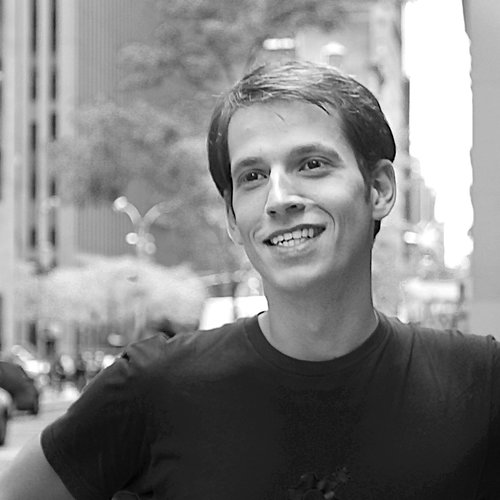You have /5 articles left.
Sign up for a free account or log in.
 As a follow-up to When Design Thinking Sessions Are Good, They Are Wicked Good, I asked professor Eugene Korsunskiy 3 questions:
As a follow-up to When Design Thinking Sessions Are Good, They Are Wicked Good, I asked professor Eugene Korsunskiy 3 questions:
Q1. Help us understand you. You are a professor. You are a design thinking person. How do those two go together? How did this happen? If you were designing your career (if that is a thing), what does your academic career design look like?
Eugene’s answer:
I’m glad you mentioned the idea of designing one’s career, because that’s precisely the focus of the book Designing Your Life by Bill Burnett and Dave Evans, two of my colleagues at Stanford with whom I’ve co-taught a course by the same name. It turns out that design thinking is a powerful toolset for working on complex, open-ended (“wicked”) problems—and navigating one’s academic, personal, and professional journey is a prime example of one of those.
My own path into design thinking began at Stanford, where I did my graduate work in the Design Program. That’s where I learned about design thinking and became interested in its applications in education—both at the curricular level (i.e. teaching design thinking to students in order to increase their creative confidence and empower them to be collaborative innovators), as well as at the systems level (i.e. using design thinking as a set of tools with which to design better educational environments, processes, and structures). I’ve been playing at the intersection of design thinking and education ever since.
Q2. In When Design Thinking Sessions Are Good, They Are Wicked Good, I wrote about how I’m not a big fan of design thinking sessions, but am a big fan of how you run design thinking meetings. So what is it that you are doing that is different?
Eugene’s answer:
First of all, thank you! That’s very kind. I don’t think there’s any magic in my facilitation—I’ve just been at it for years, and one hones this skill, as any other skill, with practice. Whenever I facilitate any design thinking workshops—whether the audience is a class of sixth-graders, or a corporate conference hall with two hundred executives—I do my best to adhere to good facilitation practices that I have learned from great facilitators with whom I’ve had the privilege to work over the years (here is a well-summarized list of many important ones.)
And just like facilitation is a skill that gets better with practice, so is a deep grasp of the design thinking methodology. Over my years of practicing and teaching it, I’ve had opportunities to be on dozens, and to coach hundreds, of teams that have used the design thinking methodology to work on interesting challenges. This experience has steadily increased my grip on some of the nuances, implications, and shortcomings of the methodology, which I think allows me to come from a place of proficiency and authenticity as a facilitator.
But I don’t want to come across as arrogant—not trying to claim guru-status here! I’ve got a lot still to learn, and I’m always learning (thanks in no small part to my students, who challenge me all the time).
Q3. What are some of the things about design thinking that everyone thinks they know, but that they actually get wrong?
Eugene’s answer:
From time to time, I come across an article or talk that derides design thinking in one way or another, but I think most people who take a critical view of it haven’t taken the time to understand the methodology with any earnestness, and are operating from an oversimplified misunderstanding.
For example, one critic defines design thinking as a methodology that “claim[s] that it can be applied by anyone to any problem.” That’s simply not true: no serious student or practitioner of design thinking would be so hyperbolic as to describe design thinking as a panacea.
It is a set of tools and techniques that has immense potential to help people solve complex problems in creative ways, but it is not a one-size-fits-all approach that makes sense to use all the time for all kinds of problems.
I think sometimes people run into trouble when they attempt to apply design thinking to a problem for which it is not an appropriate approach, and then blame the methodology itself (rather than their poorly-applied implementation) for the ensuing disappointment.
Another myth surrounding design thinking is that it makes solving difficult problems effortless. On one caricature view of the methodology, all you have to do it throw some colorful Post-Its up on a wall, and presto-change-o, problem solved. (And if, upon throwing said colorful Post-Its up on the wall for an hour, you haven’t yet solved the problem, then perhaps it’s not a great methodology, after all.)
In reality, it takes a lot of discipline and perseverance to make any meaningful progress on any complicated problem, and design thinking is simply a set of tools that can scaffold and guide this hard work.
Design thinking is no more an easy ticket to innovation than is a hammer an easy ticket to building a house—design thinking or no design thinking, any meaningful progress requires elbow grease. And like any other robust discipline, design thinking takes years of study and practice to master.
What questions do you have about design thinking for Eugene?








